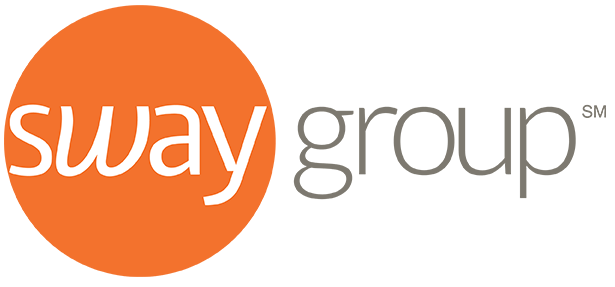While the U.S. continues to grapple with pandemic recovery and ongoing supply chain issues, inflation has been soaring.
Rising material and labor costs, energy prices, and interest rates are pushing the cost of everyday consumer goods to ever-increasing heights. According to the Bureau of Labor Statistics, inflation climbed 8.5% in March 2022—the largest increase since 1981.
Businesses and consumers alike are facing the challenge of eroding purchasing power during the worst cost-of-living crisis in decades. Not only does fast-rising inflation make planning and investment decisions more difficult for brands, but consumer loyalty is also under increasing strain.
How Brands Can Combat Inflation With Influencer Marketing
For brands that are looking to maximize their marketing outreach right now, a possibly unexpected solution is emerging. When it comes to the kind of flexible, personalized messaging consumers respond to—without budget-breaking traditional media costs—nothing beats the effectiveness of influencer marketing.
INFLUENCER MARKETING IS MORE AFFORDABLE THAN TRADITIONAL ADVERTISING
One aspect of influencer marketing that is rarely discussed is controlled pricing: with longer-term influencer ambassador partnerships, brands can benefit from securing an up-front price and locking it in. In this way, brands can ensure their costs don’t rise throughout the life of the campaign.
Many factors go into what an influencer marketing campaign costs, but the per-influencer price can be quite affordable for smaller-audience creators.
Generally, as an influencer’s follower count increases, their engagement rate declines. The so-called micro and nano influencers are often the ones who have the most influence, having built up personal relationships with their audiences.
There is a huge range of brand/creator partnership possibilities among various niches and platforms, and costs obviously vary—but overall, influencer marketing is far less expensive than TV or print advertising.
BETTER BRAND COMMUNICATIONS WITH TARGET AUDIENCES
Sustaining consumer outreach is critical during this inflation period, maybe particularly for name brands fighting the price wars against store brands. Influencer marketing allows brands to connect with a variety of incredibly targeted audiences, using the personalized, relevant messaging today’s consumers respond to.
Influencer campaigns aren’t like traditional advertising: they can be turned on a dime in order to update messaging. If brands need to pivot outreach or promotions due to price changes or supply issues, influencer campaigns can be quickly revamped with new goals in mind.
Influencers can also share geo-targeted content, so brands can reach local, regional, and national audiences with a variety of customized messaging.
Price, consumer sentiment, trust, and convenience are all important purchase decision factors that influencers can authentically help bring to life for brands.
Consider just a few of the benefits influencer campaigns provide:
- Brand-aligned real-life stories and experiences that audiences can relate to
- ‘Everyday’ people offering accessible perspectives and recommendations
- Credible topic experts (DIY, beauty, food, parenting, health/fitness, tech, etc.) driving inspiration and providing advice/tips
- Incredibly targeted messaging by demographic, location, interests, platform, and much more
INFLUENCERS ARE GREAT FOR TACKLING TRICKY MESSAGING ABOUT INFLATION
Influencers can help with some of the more difficult messaging goals brands may be facing right now. Communicating price increases is a known challenge and can’t always be avoided (for instance, products sold with subscriptions, leases, or contracts typically require notifying customers about price hikes).
By partnering with the right influencers, brands have the chance to share information about price changes with authenticity and honesty. Influencers can give the real whys behind a price increase, helping provide a credible explanation that audiences can understand.
Alternately, brands can tap influencers to share the story of why their prices aren’t increasing right now, appealing to audiences with compelling customer-centric value narratives.
Some brands may choose to address inflation directly in their messaging, but be wary of this strategy. Consumers quickly tired of pandemic ads in early 2020, and one-size-fits-all traditional messaging about inflation is unlikely to resonate.
Instead, try using influencers to share genuine brand experiences that real people can relate to. Today’s creators span every conceivable social platform, audience size, and specialized interest, with a great variety of effective partnership possibilities for brands of all kinds.
As inflation continues to impact both brands and consumers, influencer marketing offers plenty of benefits over outdated, overpriced advertising tactics.
READY TO LEARN MORE ABOUT INFLUENCER MARKETING?
Fill out this form and our team will reach out to schedule a call.
This article was originally published on Fast Company as a Fast Company Executive Board post.

